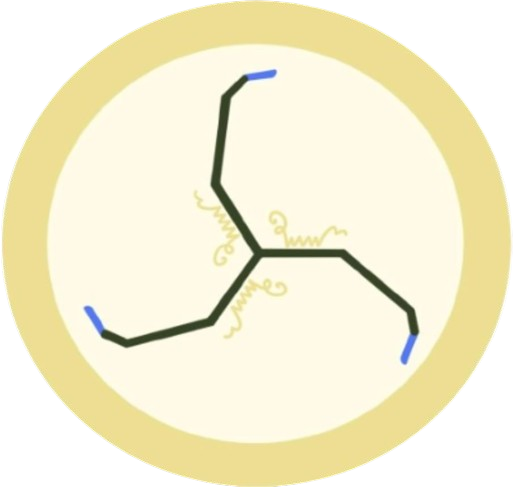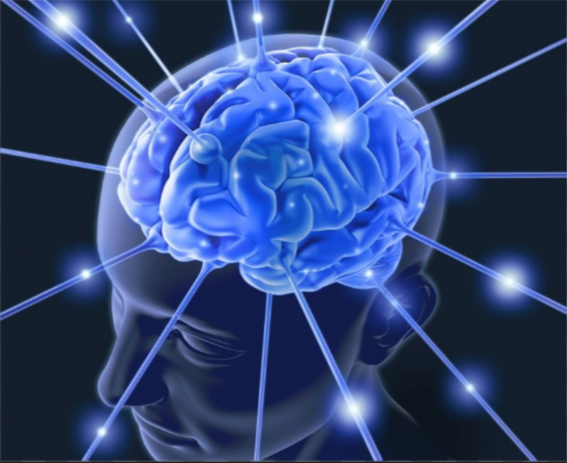Imagine never being able to retrieve memories of your family, a fancy vacation, or graduating high school that were stored in your mind. If the human brain could not retrieve memories and effectively store information, none of this would be possible. The mind is a powerful, limitless abyss of memories sent to short, long, or working memory. One may ask, “What do these different types of memory indicate about the brain, and how does this process occur?”. Through various neural pathways, the brain can store and retain a multitude of events that are significant to our lives.
The first type of memory that we will work through is the working memory, which can be distinguished from the short-term memory. Working memory is the storage of information that is placed in the brain for a short amount of time. This type only holds storage for ten to around twenty minutes. But how does it work neurally? There is a selection operation that retrieves the most relevant item, and then an updating operation changes the focus of attention made upon it. This means that there will only be information relevant enough to the stored information. Working memory activates the fronto-parietal regions, which include the prefrontal, cingulate, and parietal cortices. Working memory can be severely impacted when one experiences a brain injury and can decrease in effectiveness with age.
Additionally, another type of memory that contributes to the storage of information, long or short, is procedural memory. This is a type of memory that defines how to do things that one never truly forgets. Procedural memory can refer to cognitive, motor, or visuospatial skills. However, one’s procedural memory may be ineffective when they have a deficiency in the movement of the prefrontal cortex. How does this happen, and how does the procedural memory function neurally? Through repeated activity throughout one’s life, individuals are able to create strengthened neural pathways and connections that are associated with learning, that allow them to become habituated to a certain action. Tying one’s shoes can be a great example. However, tumors, strokes, and hemorrhages can cause a deficiency in the effectiveness of procedural memory. Strokes can lead to damage to the parts of the brain that focus on cognition and motor skills, which can damage procedural memory. Areas of the brain like the cerebellum, which aids in balance, and the amygdala, which focuses on fear and emotion, can be wounded and therefore one’s memory of basic life skills will be diminished.
One other type of memory that contributes to the storage of memory is prospective memory. This type of memory allows an individual to remember something noted in the past, in order to execute something in the future. For example, if someone tells you to call them at 5 pm, your prospective memory may aid you in remembering to complete this action. It is essential for daily functioning. The way that this process works is its association with the rostral prefrontal cortex, which is involved in future thinking.
Multiple different types of memory allow individuals to store either short-term information that is unnecessary, or long-term memory that can be retained after a while.
- Keegan
Sources:

